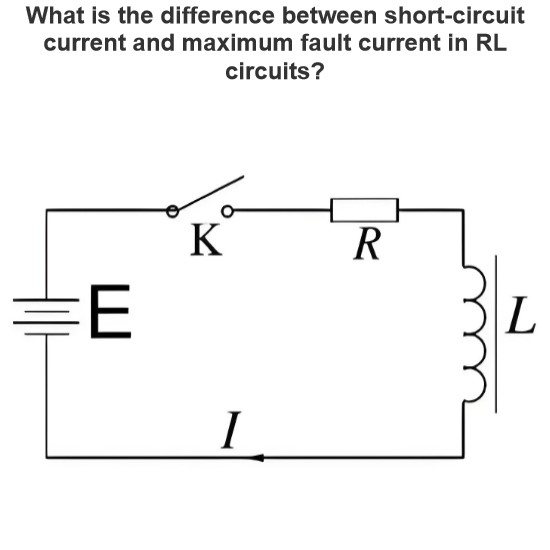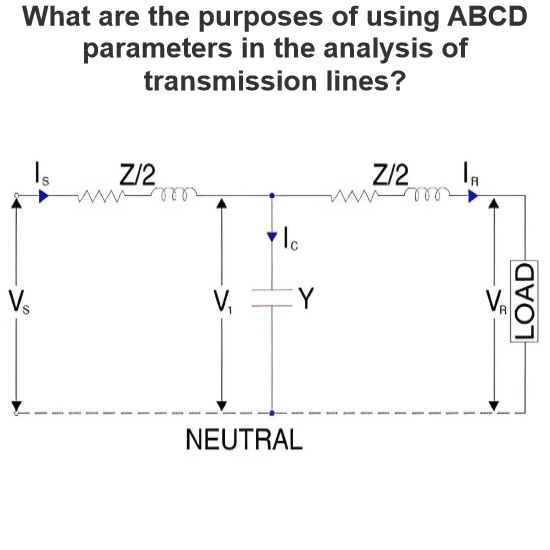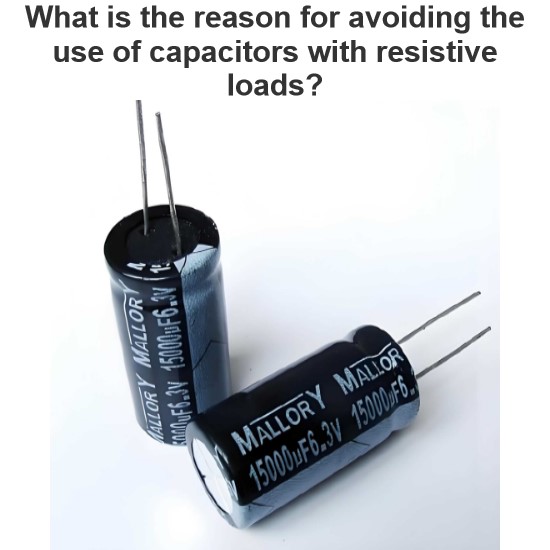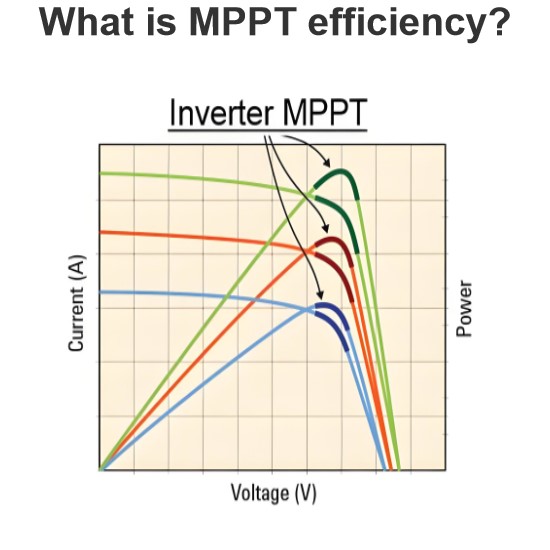What are the potential implications of widespread adoption of high-temperature superconductors in power transmission systems?
The adoption of high-temperature superconductors (HTS) in power transmission systems has the potential to revolutionize the way electricity is transmitted and distributed. HTS materials become superconducting at temperatures that are higher than those of traditional low-temperature superconductors (LTS), making them more practical for real-world applications due to lower cooling costs. Here are the potential implications of widespread adoption of HTS in power transmission systems, along with how this might affect transformer design and efficiency:
Potential Implications for Power Transmission Systems
Reduced Energy Losses
Superconductors have zero electrical resistance, which means that electrical currents can flow through them without any loss. This would significantly reduce the energy losses associated with Joule heating in conventional conductors, leading to more efficient power transmission.
Increased Capacity
HTS cables can carry much higher current densities than conventional cables, allowing for a greater capacity to transmit power over the same physical space. This can lead to smaller and lighter transmission lines, reducing the environmental footprint and material costs.
Improved Reliability and Resilience
Superconducting cables are less prone to overheating and mechanical failures compared to conventional cables. This can result in increased reliability and reduced maintenance costs for power transmission networks.
Better Grid Management
HTS technology can enable the development of advanced grid management systems, such as fault current limiters (FCLs) and high-frequency power filters, which can help stabilize the grid and manage power flows more effectively.
Enhanced Flexibility
HTS cables can be used to create new grid configurations, such as compact urban substations and underground transmission lines, providing greater flexibility in grid design and expansion.
Impact on Transformer Design and Efficiency
Design Changes
The integration of HTS technology into transformers would likely require significant changes in design. For instance, the cooling systems would need to be adapted to handle the cryogenic temperatures required for superconductivity. This could involve the use of liquid nitrogen or helium cooling systems.
Improved Efficiency
Superconducting transformers could eliminate resistive losses in windings, resulting in near-perfect efficiency. This would mean less heat generation and reduced cooling requirements compared to traditional transformers.
Reduced Size and Weight
Due to the higher current-carrying capacity of HTS materials, superconducting transformers could be much smaller and lighter than their conventional counterparts, which would facilitate installation and reduce the physical footprint of substations.
Enhanced Performance
Superconducting transformers could offer improved performance characteristics, such as faster response times and better stability under varying load conditions. This could enhance the overall reliability and robustness of the power grid.
Cost Considerations
While HTS technology offers significant benefits, the initial cost of producing and maintaining superconducting transformers is currently higher than that of traditional transformers. However, the long-term operational savings and increased efficiency could offset these initial costs over time.
Challenges and Considerations
Despite the potential benefits, there are also several challenges associated with the widespread adoption of HTS technology in power transmission systems:
Cooling Requirements: Maintaining superconductivity requires cryogenic temperatures, which necessitates sophisticated cooling systems and infrastructure.
Material Costs: High-temperature superconductors are still relatively expensive to produce compared to traditional conductive materials.
Integration with Existing Grids: Retrofitting existing power grids with HTS technology would require significant investment and planning.
Safety Concerns: Handling cryogenic fluids and ensuring safe operation of superconducting devices present unique safety challenges.
Conclusion
The adoption of high-temperature superconductors in power transmission systems has the potential to greatly enhance the efficiency, reliability, and flexibility of the electrical grid. For transformers, this could lead to designs that are more efficient, compact, and capable of handling higher loads. However, the transition to HTS technology also presents various challenges that must be addressed through continued research and development efforts.
The Electricity Encyclopedia is dedicated to accelerating the dissemination and application of electricity knowledge and adding impetus to the development and innovation of the electricity industry.




